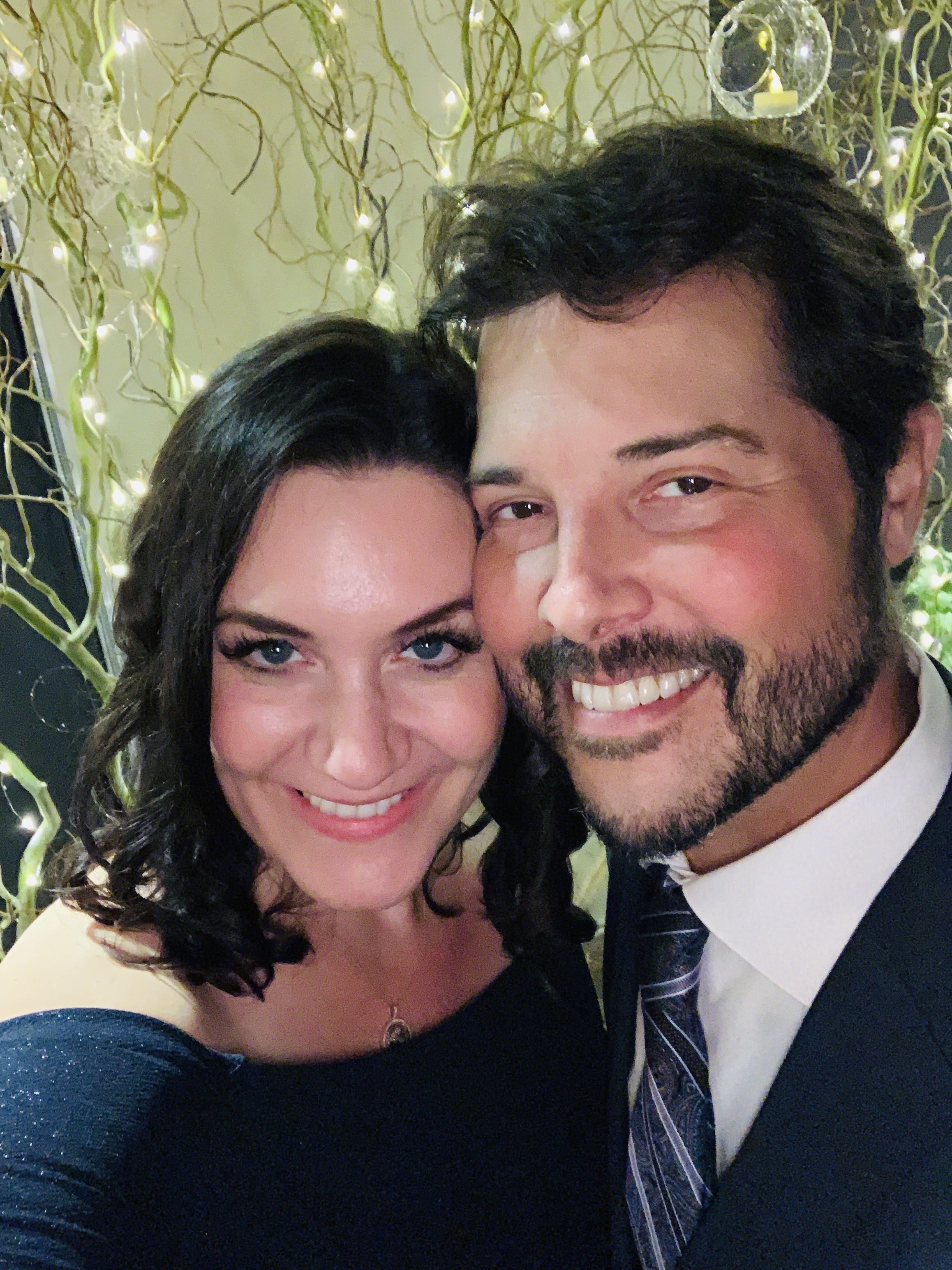
Setting goals sounds great at first. New Years Eve rolls around and it feels like a fresh start! Then suddenly it’s January 2nd and the gym shoes are nowhere to be found. Resolutions are already broken before they’ve even started.
Is this you?
When it comes to setting goals, you might find yourself in one of two common patterns:
- You’re motivated by a fresh start: New year, new month, new week, new you! But as soon as you slip on spending, or skip a day at the gym, all bets are off. Maybe next month.
- There are so many things you want to accomplish, but they feel too far away from where you are now. You aren’t even sure what the first step is, so you keep putting it off until you have time to figure it out.
Friend, I’ve got you! Whether you’re struggling to find motivation or just need help defining and clarifying your goals, this is for you.
Let’s talk about 4 steps to help you achieve your goals.
1. Challenging but attainable
When mapping out your goals, it’s important to keep this balance in mind. If the goal is too easy it won’t really stretch you or make much of a difference in the long run. If it’s too difficult, you might get discouraged and not follow through.
For example, maybe you want to read more in the coming year. If last year you averaged one book per month, a good goal for you might be to read two books per month next year. That would be a significant stretch, but not impossible. On the other hand, an unrealistic goal in this case might be to read one book per week. If you aren’t a big reader, this is not a goal you’ll enjoy or realistically be able to complete.
The point of setting goals in the first place is to take steps of growth that lead you to bigger accomplishments. Think about it like being on a boat in the middle of the water, and the shore is your ultimate ambition. In order to set foot on the shore, you have to first make moves to bring the boat closer to the dock.
2. Dream big
While we do want to keep our goals realistic and achievable, it’s also important to dream big for your life! Goals are the steps we take to get where we ultimately want to go. Make sure those steps you’re taking are leading you intentionally toward your biggest ambitions.
An awesome way to approach goal-setting is to reverse engineer the whole process. Start with the end in mind and work backward.
Block out 10 minutes of your day to sit down and really focus on this. Think critically about what you want your life to look like in 5, 10, or 20 years and practice actually picturing it. Where do you live? What does your day look like? Who is with you? What are you wearing? What are you eating?
Some of these questions might seem silly, but thinking about those details gives your powerful brain a kind of map to steer you toward (read up on growth mindset and neuroplasticity for more about this!) When you can clearly envision where you’re headed, the steps to get there will become clearer.
3. Write it out
Your brain is incredible, it’s true. But DO NOT rely on it to track every single thing you’re working toward. The act of writing your goals down, as in physically writing with pen and paper, helps connect your brain to the mission at hand. Studies have shown that written goals are much more likely to be accomplished than those that are just thoughts.
Writing out your goals by hand accomplishes a few things:
- The motion of your hand writing out words sticks with you more than typing.
- Writing helps you process and clarify your thoughts.
- You may choose to keep your written goals somewhere you’ll see them often, which only increases the likelihood that you’ll follow through.
Whether you choose to journal, make a list, create a vision board, or jot some words on a napkin, get those goals out of your head and onto paper.
4. Be SMART
You’ve likely heard of SMART goals at some point in your life, and for good reason. This is an acronym to help guide in the goal-setting process. When working through your goals, keep in mind the SMART goal pillars:
- S – Specific (Answers the Who, What, When, Where, Why details of your goal)
- M – Measurable (How much/ how many/ how will I know when it’s accomplished?)
- A – Achievable (Is this actually possible?)
- R – Relevant (Is this the right time? Does this seem worthwhile/important?)
- T – Time-bound (Has an end/ expiration date)
Example: Your family needs to get a second car so that everyone can get to work, school, and activities, and you want to pay for it in cash (Specific). You have money saved for the car, but need to find an extra $5k to pay for it in full (Measurable). That extra $5k will be a stretch, but you’re pretty sure you can make it happen if you tighten up the budget and get a little creative (Achievable). This is something that has needed to happen for a while since your oldest got their license and everyone has somewhere they need to be (Relevant). You need to have the car by the time the kids go back to school in the fall (Time-bound).
Sketching out your goals this way sets you up for success! When our goals are unclear or not detailed enough (i.e., “I want to read more” or “I want to workout”) they’re not really goals at all.
Go after your biggest goals!
As they say, anything worth doing is worth doing poorly at first. Success is never guaranteed, but approaching your goals and dreams with intention will set you up for better results and clearer progress.
Some goals are not going to fulfill you. Choose goals that you value and care about.
Henry Cloud















0 Comments